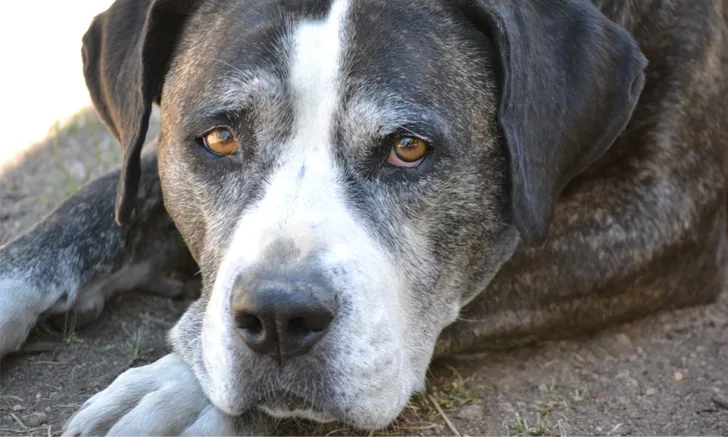Fine-Needle Aspiration to Detect Hepatitis in Dogs
Cynthia R. L. Webster, DVM, DACVIM, Cummings School of Veterinary Medicine at Tufts University

In the Literature
Gardner RH, Castillo D, Constantino-Casas F, Williams TL. Can the neutrophil count from hepatic fine-needle aspirate cytology be used to diagnose hepatitis in dogs? A pilot study. Vet Clin Pathol. 2022;51(2):237-243. doi:10.1111/vcp.13087
The Research ...
Diagnosing disorders associated with hyperbilirubinemia, elevations in serum liver enzymes, or other hepatic laboratory abnormalities often requires evaluation of hepatic tissue. Biopsy (eg, ultrasound-guided, laparoscopic, laparotomic) obtains the best tissue for accurate diagnosis but may be contraindicated in patients with anesthetic or bleeding risks and can be cost prohibitive.1,2
Fine-needle aspiration (FNA) is a cost-effective technique to collect tissue in a sedated patient and is often performed prior to biopsy. FNA has good sensitivity and specificity for diagnosis of focal disease or diffuse neoplasia (eg, round cell) but often underdiagnoses inflammatory disease and overdiagnoses vacuolar disease.3-6 Blood contamination (especially in FNAs performed using negative pressure) and neutrophils resulting from extramedullary hematopoiesis can complicate interpretation of neutrophil presence in hepatic FNA.7
This retrospective study examined a possible association between neutrophils on hepatic cytology and hepatitis or noninflammatory hepatopathy on histopathology, as well as a method for optimizing cytologic evaluation of hepatic FNA to accurately detect a clinically significant number of neutrophils. Only neutrophils within or in direct contact with a cluster of ≥5 hepatocytes were counted, and only clusters of hepatocytes arranged in an approximate monolayer were included; number of neutrophils per 200 hepatocytes was counted. The number of neutrophils in aspirates was compared with histopathologic diagnosis based on surgical biopsy. Neutrophil counts were significantly higher in FNAs from dogs with biopsy-proven inflammatory disease (7.7) compared with vacuolar disease (3.0). A neutrophil count of ≥6 per 200 hepatocytes was a highly specific (100%) but not sensitive (61.5%) indicator of hepatitis.
Larger studies are needed to validate these results and should include aspirates from dogs with other hepatic diseases, including hepatitis cases stratified based on the presence of acute or chronic inflammation on histopathology. Cytologic material obtained without negative-pressure aspiration should be collected from multiple lobes to account for heterogenicity seen with diffuse inflammatory disorders.8,9
...The Takeaways
Key pearls to put into practice:
Ultrasound-guided FNA of the liver is a simple, safe, noninvasive, and cost-efficient method of obtaining hepatic tissue for preliminary investigation of suspected hepatic disease in dogs.
FNA should be performed using a nonnegative-pressure technique; >1 lobe should be sampled in patients with diffuse disease; and samples should be evaluated in a standardized manner by a boarded clinical pathologist. This study suggests counting neutrophils in direct contact with hepatocytes may be a sensitive predictor of inflammatory disease.
FNA cytology is ideal for diagnosing focal and diffuse (eg, round cell) neoplasia in dogs but may result in overdiagnosis of vacuolar hepatocytes and underestimation of chronic inflammation
You are reading 2-Minute Takeaways, a research summary resource presented by Clinician’s Brief. Clinician’s Brief does not conduct primary research.